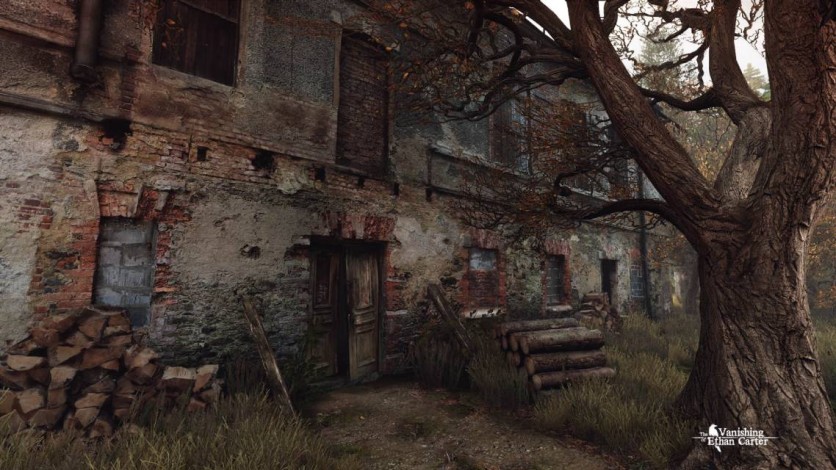AI has been an increasingly popular marketing tool in video game graphics lately.
NVIDIA uses it with their DLSS, for instance, which allows them to offer a significant performance boost when running the most demanding titles of the current generation.

But aside from that, AI has also been taking over game graphics rendering in a far more "visual" way.
One perfect example is a specific AI program called StyleCLIP, which allegedly takes the 3D-rendered faces of popular video game characters and re-rendering them to look more photorealistic, according to ScreenRant.
IGN took a crack at using the AI tool, and they tweeted a few of the images they got. Looking at these photos, the characters do look so much more lifelike:
There's an AI tool called StyleCLIP that turns images into "realistic faces," so now we're playing with it!
— IGN (@IGN) August 31, 2021
First off, the God of War himself, Kratos. pic.twitter.com/DQVcQHtZS2
The characters they used the AI tool on included Kratos from the "God of War" series, Nathan Drake from "Uncharted," Commander Shepard from "Mass Effect," and "GTA V" standout Trevor.
What Trevor from GTA V may have look like had he only dabbled in a life of crime. pic.twitter.com/6rQGJ6wguL
— IGN (@IGN) August 31, 2021
Now, these images certainly look photorealistic, but can video game graphics really reach that level that borders into the Uncanny Valley?
AI-Driven Photorealism: Baby Steps
Artificial intelligence-driven photorealism in real-time 3D-rendered graphics is still a long way off. But the revolution has already started with a few technologies, with the most prominent of which being hardware-accelerated ray tracing.
Before the advent of real-time ray tracing with the NVIDIA RTX 2000 series of graphics cards, video games were rendered in a more traditional, handcrafted kind of way. Shadows, reflections, and lighting perfectly illustrate this example.

Without ray tracing, game developers can only render reflections and shadows by actually hand-placing them there, all while considering the lighting quality of a specific scene.
What's even more difficult is that devs also have to account for the different camera angles a player might make while playing, the position of the scene's light source at different times of day, etc. This makes for an extremely tedious development cycle, which is why most games these days take years to make.
But with ray tracing, all of that is moot. That's because the tech is able to cast realistic reflections and shadows by making game lighting behave like it literally does in real life.
It works by using an algorithm to simulate actual light rays from a source, then tracing all of the paths that those beams will take within the scene.
The end result are shadows, reflections, and lighting that, if properly implemented, are almost indistinguishable from real life.
Read also : NVIDIA Just Brought Ray Tracing to Entry-Level GPUs, but is "RTX On" Even Worth The Performance Penalty?
Photogrammetry And Texture Work
Another thing which could lead to photorealistic graphics is photogrammetry.
First gaining popularity for its use in the 2014 game "The Vanishing of Ethan Carter," this rendering tech involves the use of real-world photographs and creating in-game assets, often textures, from them.
The developers of "The Vanishing of Ethan Carter" detailed the tech they used in an article by Polygon.
They used a software called Photoscan, which "looked" at the photos they took until it managed to replicate every single detail it saw.
It then produces a literal digital copy of the features in the photograph, which can be used to craft hyper-realistic game worlds.

Photogrammetry is often linked with the use of AI, according to ScienceDirect.
The answer is simple: no human would have the capacity to completely replicate the most minute details of, say, a patch of soil or the surface of a rock. Only AI has the right amount of processing power to deal with that data.
Will Games Of the Future Be Indistinguishable From Real Life?
Photorealism has been the aim for so many game developers since the advent of true real-time 3D-rendered graphics in the 90s. And you can see the visual improvements with every succeeding gaming generation.
Artificial intelligence is going to help propel 3D-rendered video game graphics even further, and that's a guarantee.
This article is owned by Tech Times
Written by RJ Pierce
ⓒ 2025 TECHTIMES.com All rights reserved. Do not reproduce without permission.




